Scientists Plan to Melt the Moon in Order to Build on It
In early 1969, the idea of a man walking on the Moon seemed almost impossible—but that is exactly what happened that year.
Today, 54 years later, astronauts have the technology to not only walk on the Moon again, but actually pave roads and surfaces that will allow for extensive research of this big rock that orbits planet earth.
The New Moon Technology
Scientists in aerospace programs around the world have a new, tested technology that allows them to essentially zap Moon dust with a laser.
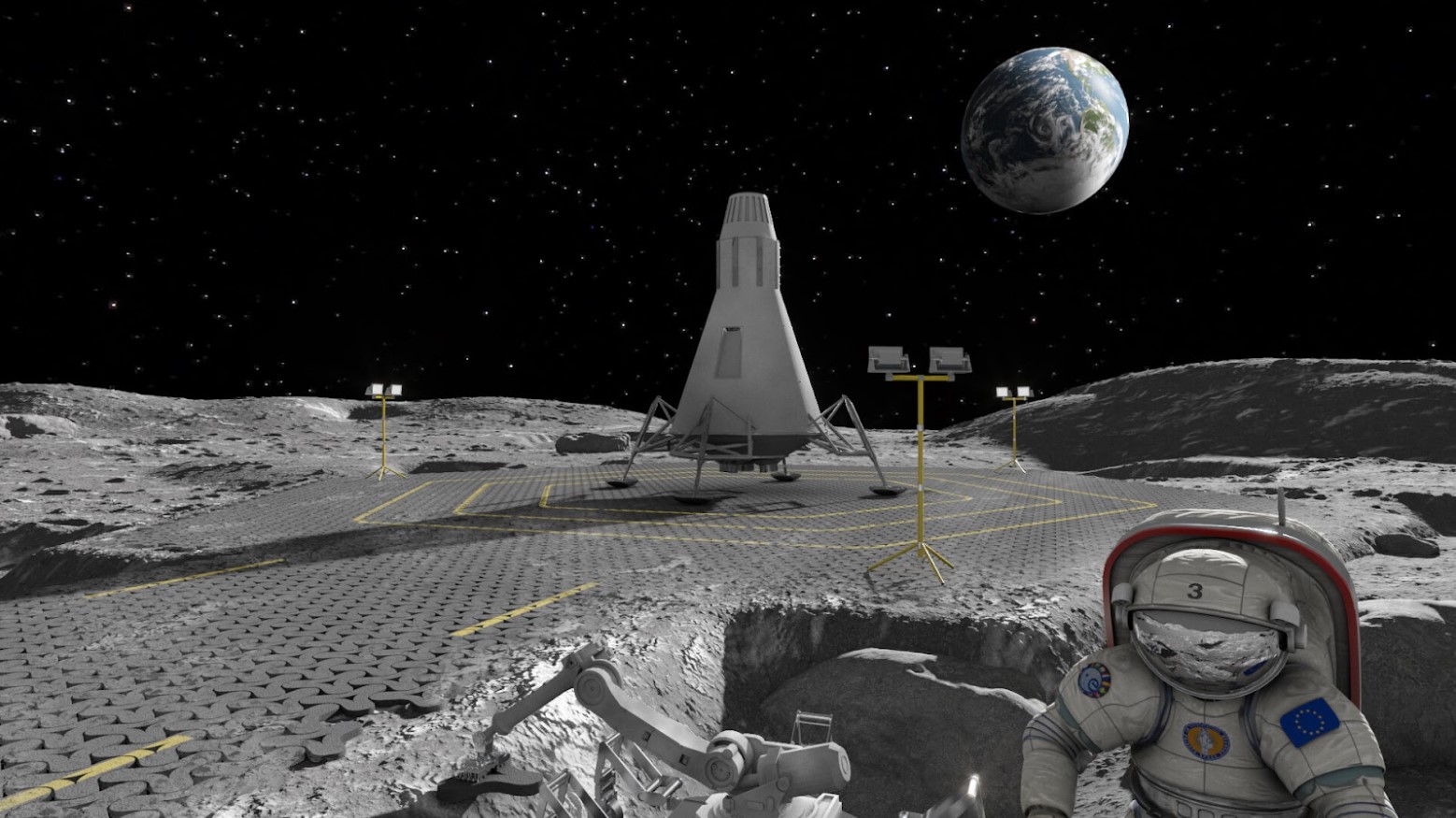
Source: European Space Agency
Using this technology, astronauts hope to minimize the dangers of exploring the Moon’s surface by paving easy-to-navigate roads and surfaces.
Lasers That Essentially Work as Harnessed Sunlight
Here’s how it works: These impressive lasers are able to create concentrated sunlight that blasts lunar soil with a lens of 25 square feet.

Source: NASA/WireImage/Getty Images
Experts used existing knowledge of lasers which are used to turn quartz into powder and simply adjusted the necessary strength to make the lasers applicable for Moon dust.
The Moon’s Surface Is Actually Quite Dangerous
It’s important to understand that this technology is absolutely necessary when it comes to safely exploring the Moon, because lunar soil is actually quite dangerous to traverse.

Source: Matt Cardy/Getty Images
Juan‑Carlos Ginés‑Palomares, author and researcher at the Technical University of Berlin, offered that “The nature of lunar dust can be a drawback for lunar exploration.”
Why Lunar Dust Is a ‘Drawback’
Ginés‑Palomares continued, “Many particles have sharp edges (due to the absence of erosion agents on the Moon, like wind or water) and are generally electrically charged (which makes it especially ‘sticky’). It can cause damage to lunar landers, spacesuits, and human lungs if inhaled.”
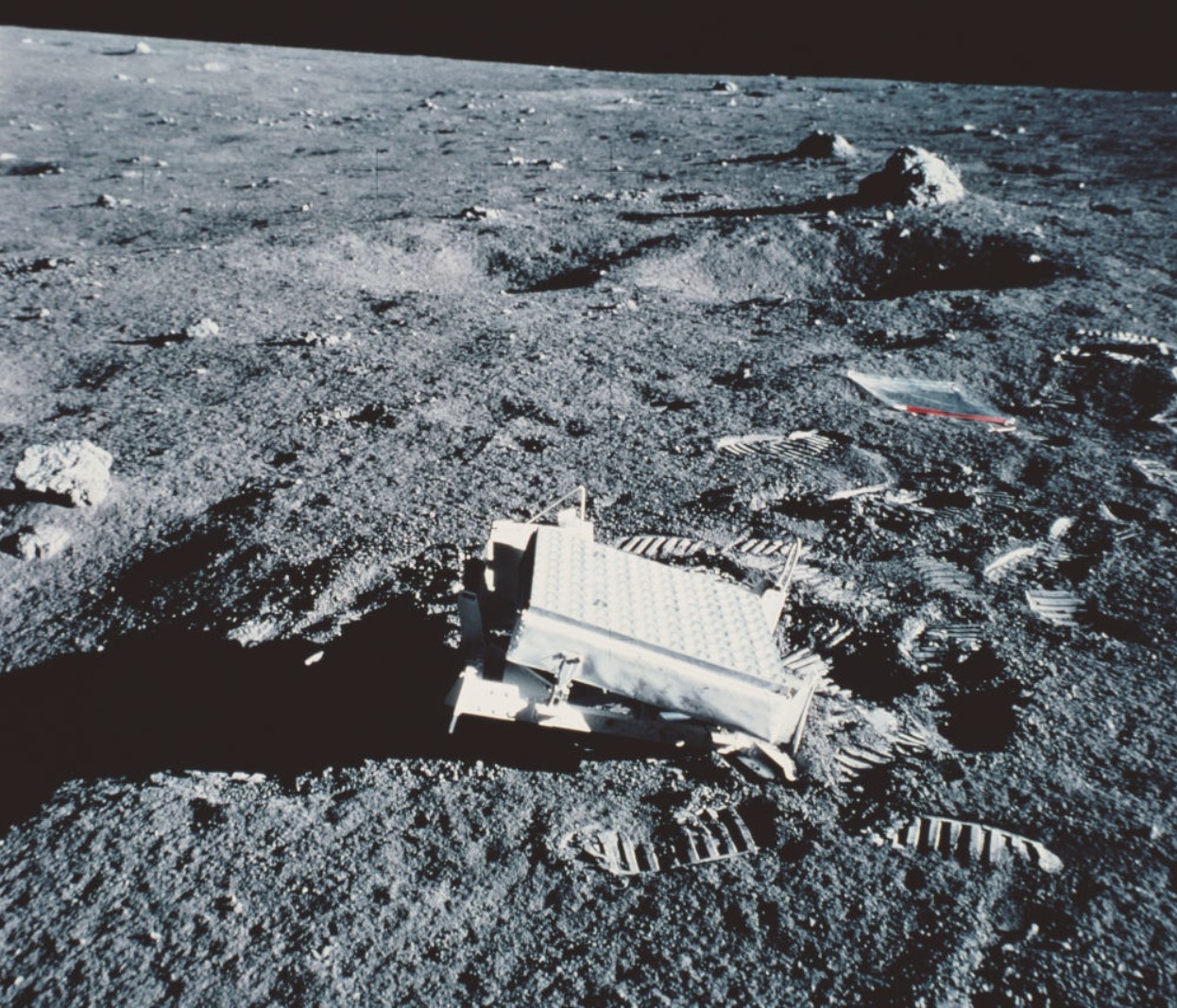
Source: Space Frontiers/Getty Images
Therefore, he and other researchers hope that this new laser that uses carbon dioxide will enable astronauts to safely navigate around the Moon and explore its vast surface.
‘Paving’ the Moon With Triangular Tiles
Using this new technology, astrophysicists plan to use the lasers to essentially pave roads on the moon with triangular tiles.

Source: Heritage Space/Getty Images
Each tile is about ten inches across and a half-inch wide. The tiles will be created side-by-side to realize the desired infrastructure.
What Are the Benefits of Roads on the Moon?
Scientists have become enthralled with the idea of extensively studying the Moon because there are many benefits to understanding how it functions.
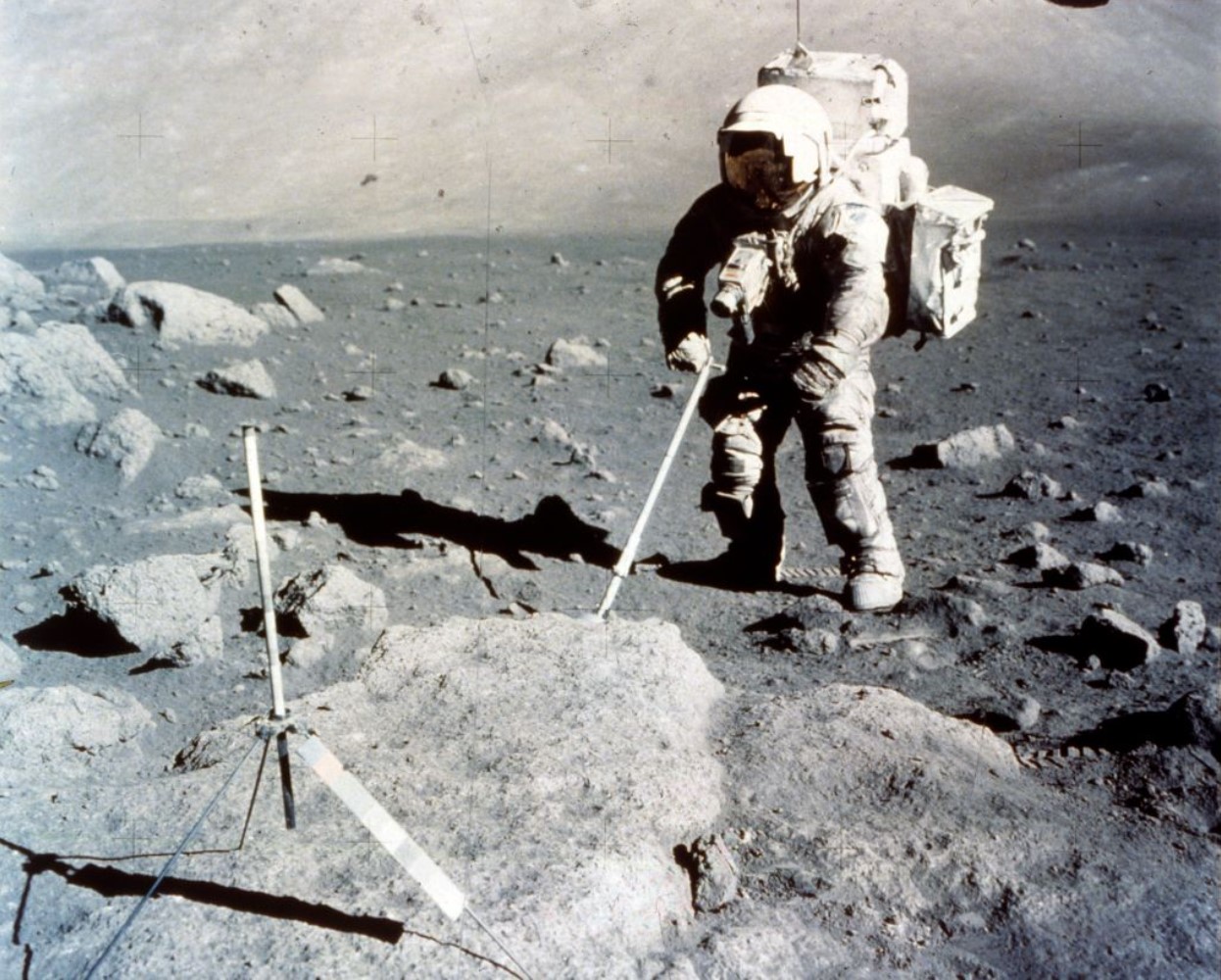
Source: Heritage Space/Getty Images
By understanding the Moon, they will be able to better grasp how and when Earth was formed, and how the solar system as a whole operates.
Getting Lasers to the Moon May Be the Most Challenging Aspect of the Mission
While the lasers are apparently already functioning, the next phase of the plan may be the most daunting.
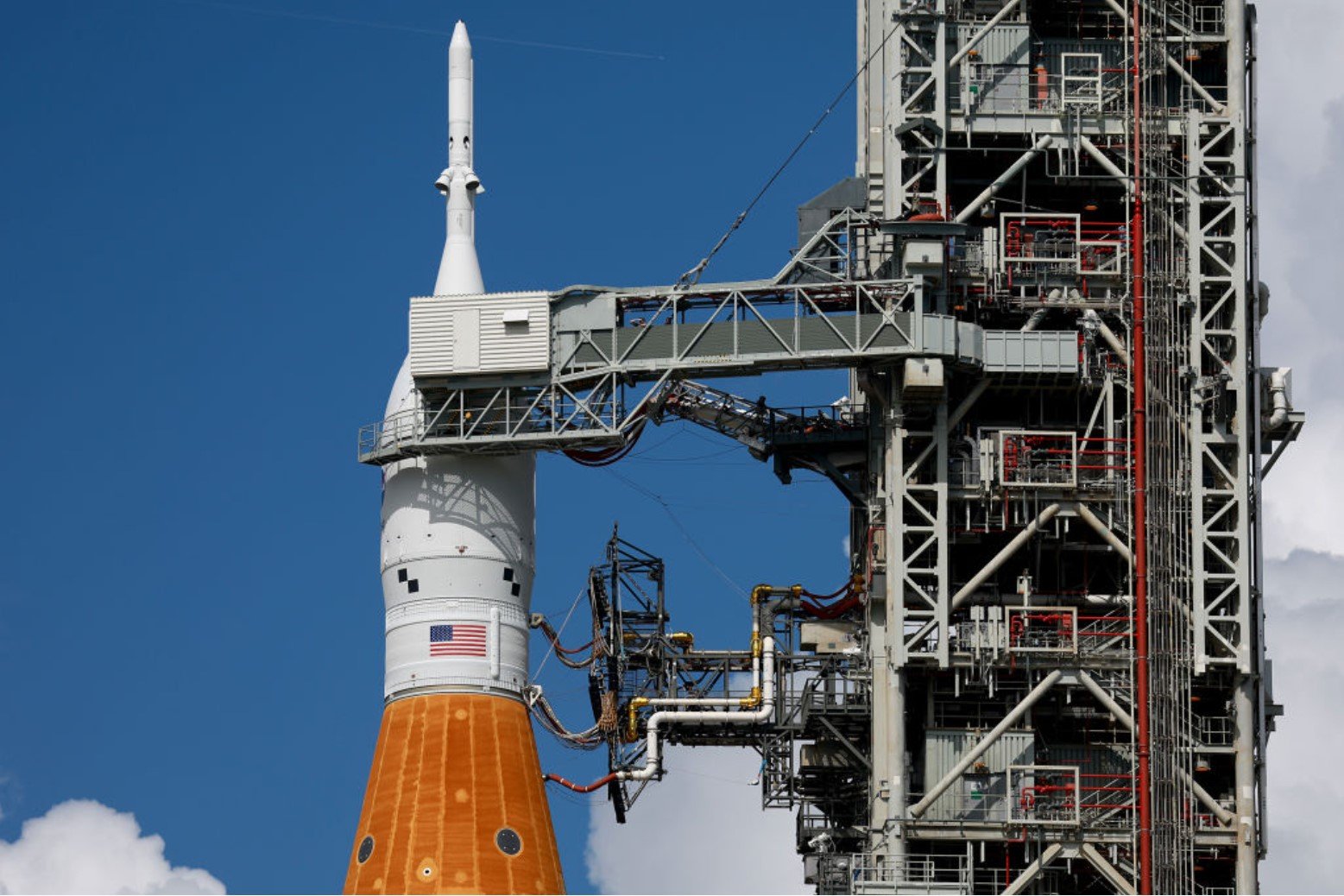
Source: Joe Raedle/Getty Images
Transporting extremely heavy machinery to the Moon is difficult, and therefore, these scientists need to figure out how to make the lasers as light and compact as possible before the mission can even be scheduled.
NASA Plans to Use the Laser in the Near Future
Luckily, Ginés‑Palomares said they have already successfully created lasers that are light enough for space travel, and that the plans for paving the Moon are well underway. He told the media that NASA has a timeline in place.

Source: Ethan Miller/Getty Images
“From the technological point of view, the simplicity of the proposed equipment suggests that a prototype of this technology could be tested in the short term, following the trail of the launches proposed for Artemis and other exploration programs. Thus, 10 years may be a reasonable time frame.”
China Has Imminent Plans for the Moon
China’s impressive aerospace program also has imminent plans to head back to the Moon for further and more detailed exploration.

Source: Kevin Frayer/Getty Images
Although China hasn’t announced the details of its plans just yet, it has said that a crewed lunar landing is already scheduled.
The European Space Agency May Be First to Successfully Use the New Technology
While China and the USA have plans in theory, the European Space Agency (ESA) may be the first to actually use the new paving lasers.
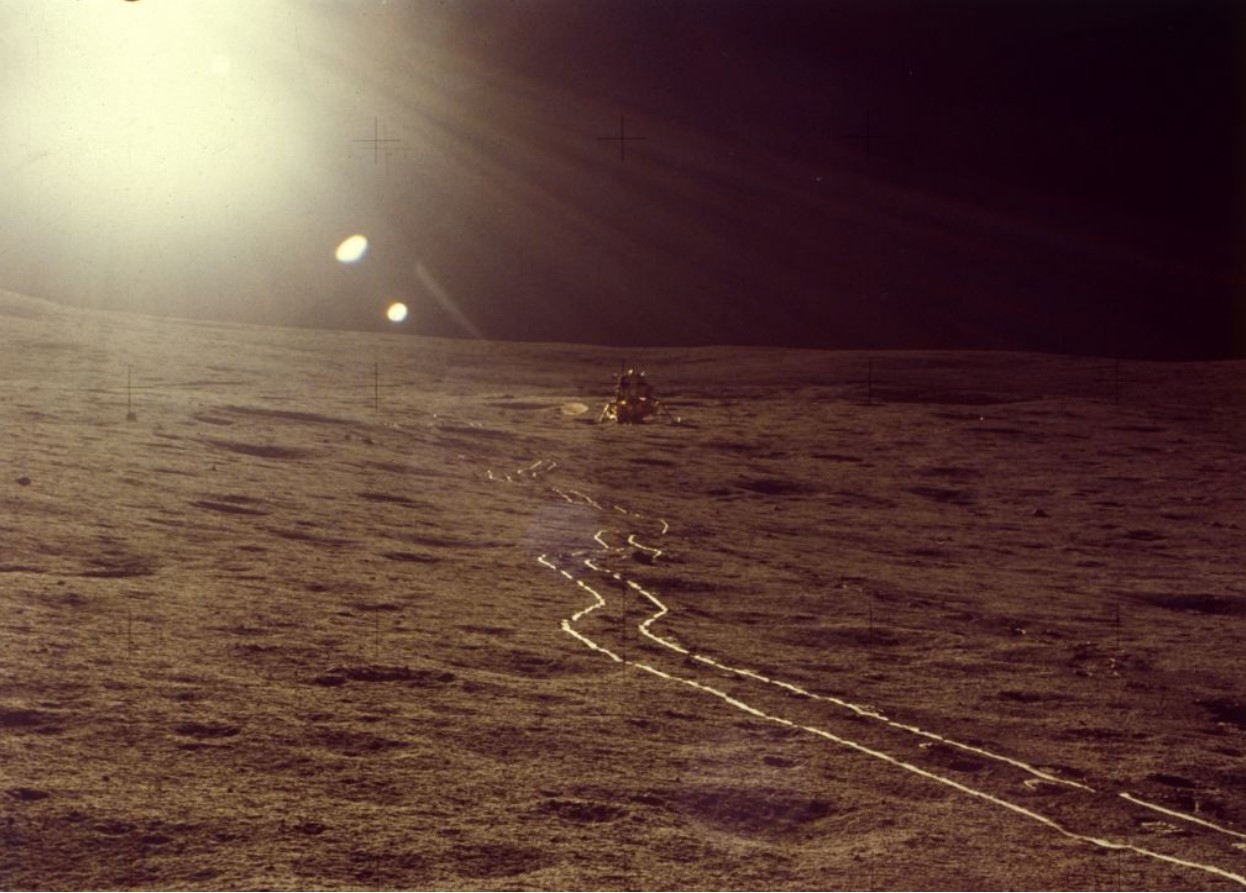
Source: MPI/Getty Images
The PAVER project, which is a collaboration between several countries, is well underway and their lasers are essentially ready for blastoff.
Heading to the Moon
No matter who gets there first, the Moon will certainly look very different within the next ten years.
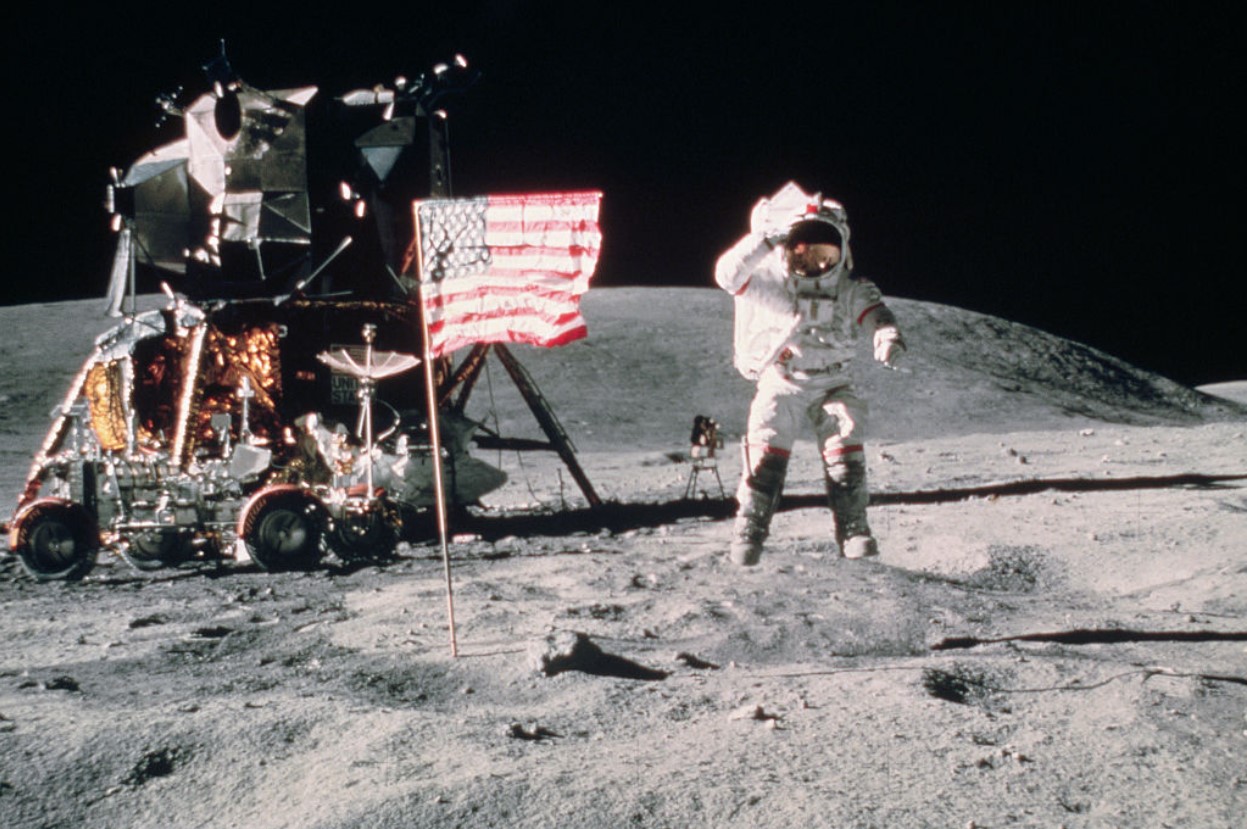
Source: Getty Images
With paved roads and surfaces, as well as real infrastructure, astronauts and scientists will finally be able to deeply understand this big and important rock.
